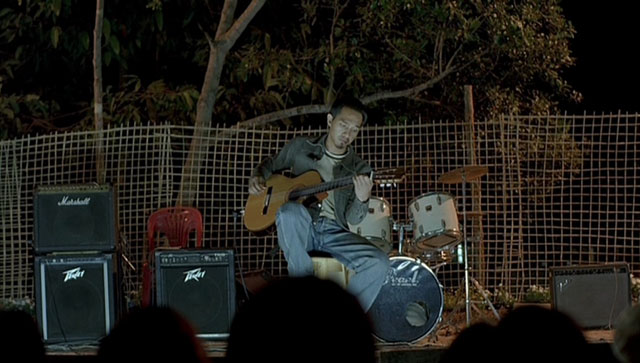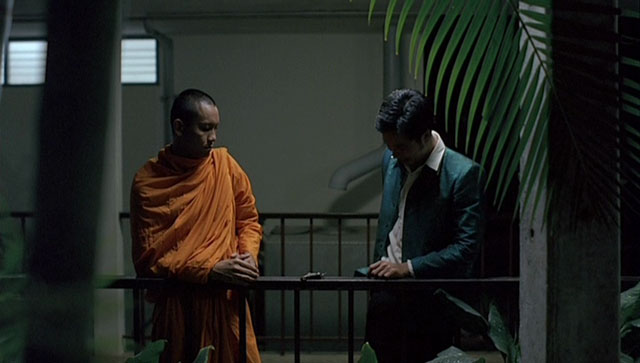I don’t really know what happened or what it all meant, but I know I enjoyed every moment of this movie. Strange how that can happen, and it’s more rare than I would think. It’s a LOT funnier than Tropical Malady, which was unexpected. That short I watched a few weeks ago, Letter to Uncle Boonmee, prepared me well for Syndromes, which had its share of lush trees and repeated action. Halfway through, the movie appears to start over (do all of AW’s movies start over halfway through?) with doctors Nohng and Toey going through an interview scene they’ve already played out, but in a new setting. Anyway, I’m not going to analyze and read about the movie all night long, just leave this placeholder for myself to watch it again sometime.

Part of that Mozart festival that I read about four years ago in a magazine while standing in line at the airport. Sticks in my mind very well for some reason… I believe Opera Jawa was mentioned in the same article. Too bad I watched Opera Jawa as a low-res video projection and Syndromes on a crappy interlaced DVD with burned-in subs. I hope standard-def video dies pretty soon.
Ah yes, here’s A.W. in a Criticine interview talking about the Mozart thing:
“It is funded by Austria. It does not have to be about Mozart, but it has to have the spirit of Mozart. I see his music to be about miracles and its connection to everyday life. My film will look back at the past in order to see into the future. Just people living life, inhaling and exhaling, meeting each other—these are already miracles. It’s a film about beauty.”

I’m leaning heavily on Grunes these days… his nice intro:
Thai writer-director Apichatpong Weerasethakul has said that Sang sattawat is a tale of two trees representing his doctor-parents, one on the grounds of a rural hospital in the 1970s, the other on the grounds of an urban hospital in the present day. The film is divided into two parts—the bifurcated structure begging a series of questions, including: What is the present without the past? city without the country? one parent without the other? One gauge of the success of this film, which is full of talk about reincarnation, is our sense that the breeze animating one tree is the same as the breeze, eternal, animating the other.

So there’s a monk (above, played by a lead actor from Tropical Malady) and his dentist (Dr. Ple), a flower breeder named Noom and his girl Pa Jane. The interview participants Nohng and Toey must represent A.W.’s parents, but as M. Koresky puts it, “if we’re truly seeing some version of the meeting between Apichatpong’s mother and father, then the director is much more interested in the settings surrounding them and the forces controlling them—architecture, nature, medicine.” Stories are told which take over the movie; the sidetracks become the new main tracks. There’s possibly a fantasy scene or two, a flashback or flash-forward, and gentle talk of philosophy and love. And trees.

An exercise session in the park cuts to credits (including one for “ringtone composer”) with loony upbeat music, giving the giddy impression that you’ve just watched a madcap comedy. Maybe you have. A.W. seems to have no regard for familiar storytelling or filmmaking conventions, so maybe besides the sex jokes in the dialogue the form itself was meant to be humorous.